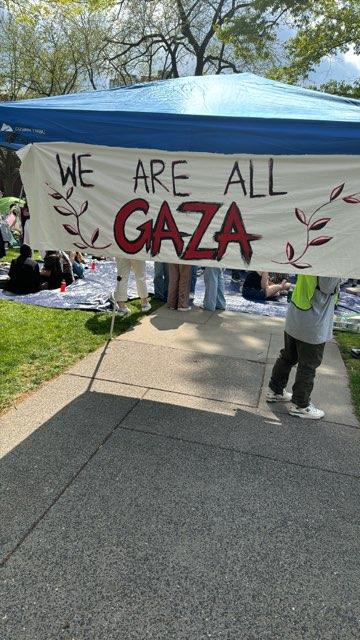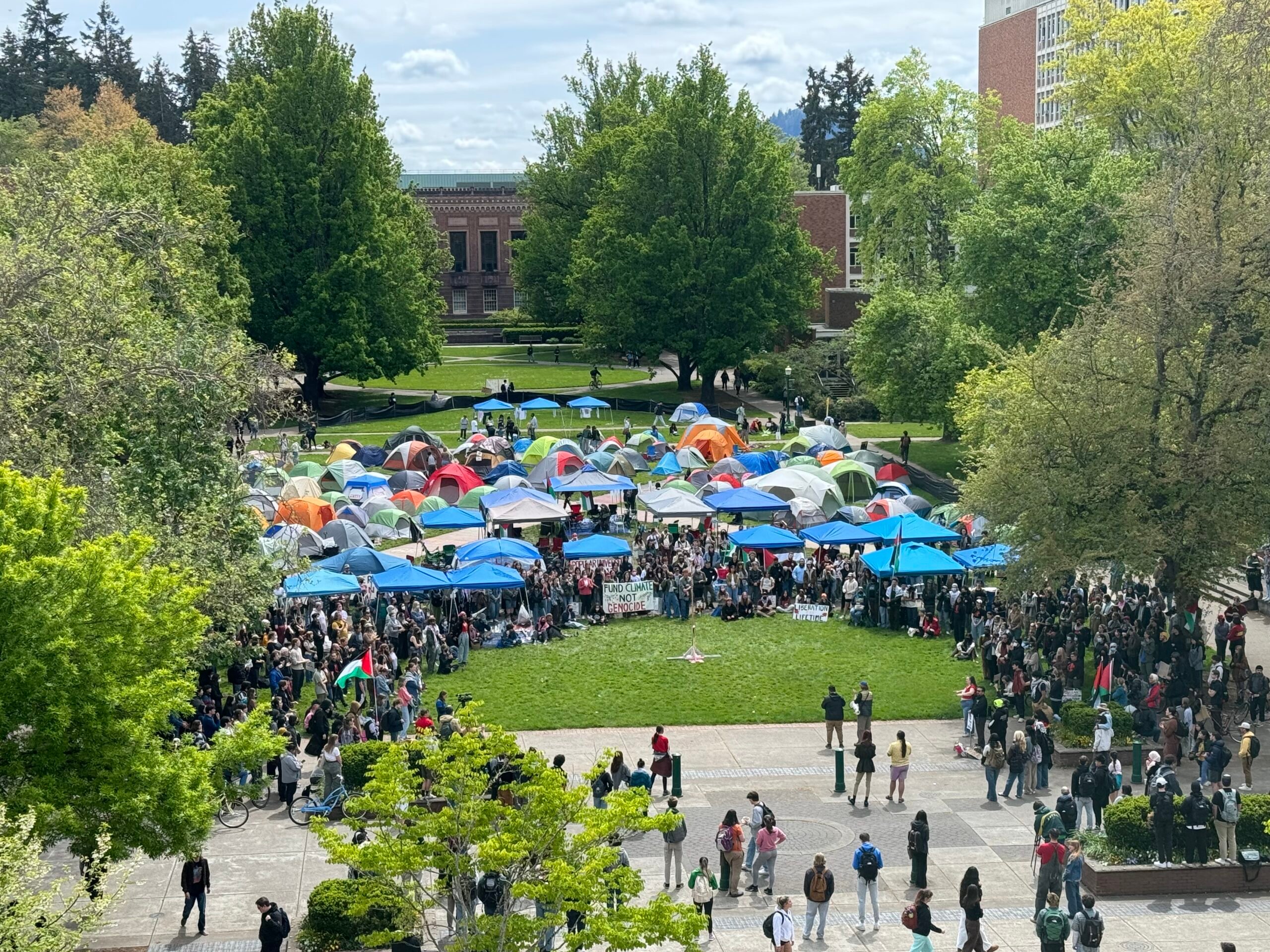This happens to me all the time: I walk out of a shiur, and my friend asks me, “How was it?” I say, “It was great,” so my friend asks, “What did you learn?” and then I am unable to respond. This is one of the main arguments against Daf Yomi. People dedicate hours of their time to Daf Yomi. But often, if you ask what they learned in the daf that day, they will say it went in one ear and out the other. Indeed, they dedicated time to learning Torah, which is valuable in itself, but what further goal does Daf Yomi accomplish if you don’t remember it?
The Mishna in Avot 3:8 says that one is liable to death for forgetting his Torah learning. This only applies if one intentionally forgets his learning, yet it still stresses the severity of forgetting one’s learning. In Menachot 99b, Reish Lakish states that there is a negative commandment against forgetting one’s Torah learning, as the Torah says,“Just be careful, and verily guard your life, lest you forget the things that your eyes have seen.”
There are multiple Gemaras in Shas that highlight the greatness of remembering one’s Torah learning. One is on Berachot 5a, where it says that the rewards for accepting suffering with love are a long life and remembering one’s learning. If remembering one’s Torah learning is equated to having a long life, it is evident that there is great value to it.
The morning of the Siyum Hashas, I heard about a new memory tool coming out for this Daf Yomi cycle, called Zichru. After seeing the masses of people at the Siyum Hashas, the Siyumei Hashas happening around the world, and hearing all the excitement about the new Daf Yomi cycle—and this intriguing memory tool—I was inclined to open the first daf of Masechet Berachot.
Since the first daf of Berachot, I have been listening to the Zichru memory shiur for Daf Yomi. In it, Rabbi Avraham Goldhar, with the behind-the-scenes help of Barry Lebovits, creates a mental image for each daf. He identifies three main points of the daf and uses the main points along with the number daf to create a mental image called a siman. He then does a four-blatt back chazara of the previous dapim learned and a pop quiz of 10 questions about the main points of each daf. It takes in total around 18 minutes.
At this point in time you can give me any daf in Masechet Berachot, 2-64, or Masechet Shabbos until today’s daf, and I can tell you three main points! I play trivia with people all the time in shul, at Shabbos tables, and with my friends. It goes both ways: you can say the daf and I tell you the points, or you say the point and I tell you the daf. It is unbelievable.
There are a few highlights to this method of learning Daf Yomi. One is clearly the tremendous bekiut knowledge that one can amass through reviewing this way. Rather than finishing the masechet and not really being able to answer the question of “so, what did you learn?” I can answer with 426 main points we learned so far. Another highlight is that the masechet becomes like a clearly-organized file cabinet in your mind. I worked on planning a Masechet Berachot-themed Shabbos kiddush for the Daf Yomi siyum, and when planning what foods to have, I was able to list foods that appear in the masechet and what daf they appear on. Probably the most valuable aspect of Zichru is that you can review whenever, wherever you are. When I’m walking back from Mincha, waiting on line, or trying to fall asleep I review the Daf Yomi. It is a tremendous tool that can be used any time. I heard from Rabbi Lebowitz that Rabbi Shay Shechter said about his father, Rabbi Herschel Shachter, that he does not know Torah because he is a genius, but because he thinks about Torah all day. If you think about something all the time, you are sure to remember it. This memory tool organizes the knowledge in a format that allows you to quickly run through tons of dapim in your mind, so Torah can be on your mind all day.
I’ll give some examples of simanim. Some are relatively normal, while others seem to be insane. Nonetheless, they have overwhelmingly proven to be successful. Berachot daf 3 is three watchmen on camels, who hear the sounds of a harp playing inside a ruin, so they go into the ruin to check it out. Camels remind us that we are on daf gimmel because a camel in Hebrew is a gamal, which is similar to gimmel. The three watchmen teach us that there are three mishmarot of the night in the Beit Hamikdash. The harp reminds us of David Hamelech’s harp that would play at chatzot during the night. The ruin teaches that one may not enter a ruin for three reasons: suspicion, danger and demons.
Shabbos daf 73 is an ostrich-egg-throwing contest where the participants have to throw a giant ostrich egg 2 amot and not 4, while reciting the 39 melachot by heart. The losers have to dig a hole in their houses to get dirt to cover the broken eggs. The ostrich egg reminds us that we are on daf ayin gimmel, because ayin gimmel sounds like egg. The throwing two amot and not four reminds us of the different shitahs on defining the issur of mitasek. Reciting the 39 melachot by heart alludes to the mishnah that lists the 39 melachot of Shabbos. The dirt from the hole in the house teaches that one is patur for digging a hole if you only need the dirt and it is a destructive act.
These are just two examples, but there are many more interesting ones, including a sailor on a yacht who rips off his uniform to jump in and save a rasha from a whale, an am ha’aretz chasing people through a maze where the only way to escape the maze is to properly say “amen,” and a group of boys dressed in armor riding on segways, telling their mothers they are getting ready for Mashiach and need pins to hold their stockings. The crazier the mental image, the more likely you will remember it.
Continuing through Masechet Shabbos, it is thrilling to anticipate the bekiut knowledge that can be amassed by this method of review. During this holiday of Shavuot, which is a time of Kabbalat HaTorah, we have the opportunity to think about how we can better our Torah learning. I have found Zichru to be an unparalleled method of reviewing and remembering my learning.
To conclude, toward the beginning of Berachot, Rabbi Goldhar asked everyone to give three numbers: 1) How many dapim would you be really pleased to know? 2) How many dapim would you be amazed to know? 3) How many dapim would it take for you to be completely shocked to know, a number that goes way beyond your expectations? My answers were: I would be really pleased to know 34 dapim, so it would be over 100 main points, I would be amazed to know all of Masechet Berachot, and finally, it would completely blow me away to know all of Masechet Berachot and Masechet Shabbos.
So far numbers one and two are down… Half of Masechet Shabbos and the rest of Shas await!
(Zichru can be found on the All Daf app, at Zichru.org, and by whatsapping 973-440-3013 to join the broadcast list which sends all the materials.)
By Leora Moskowitz













